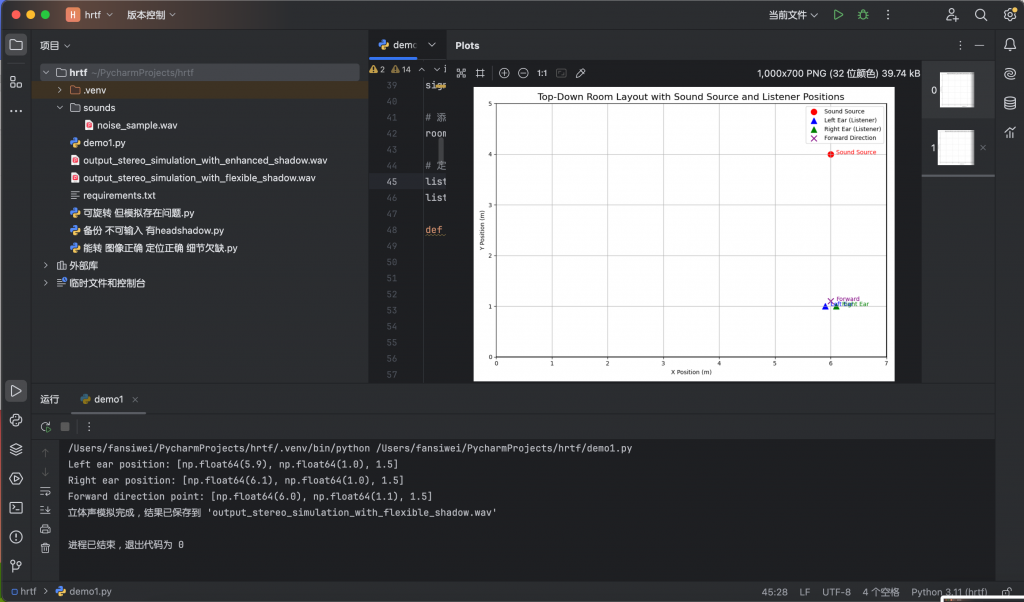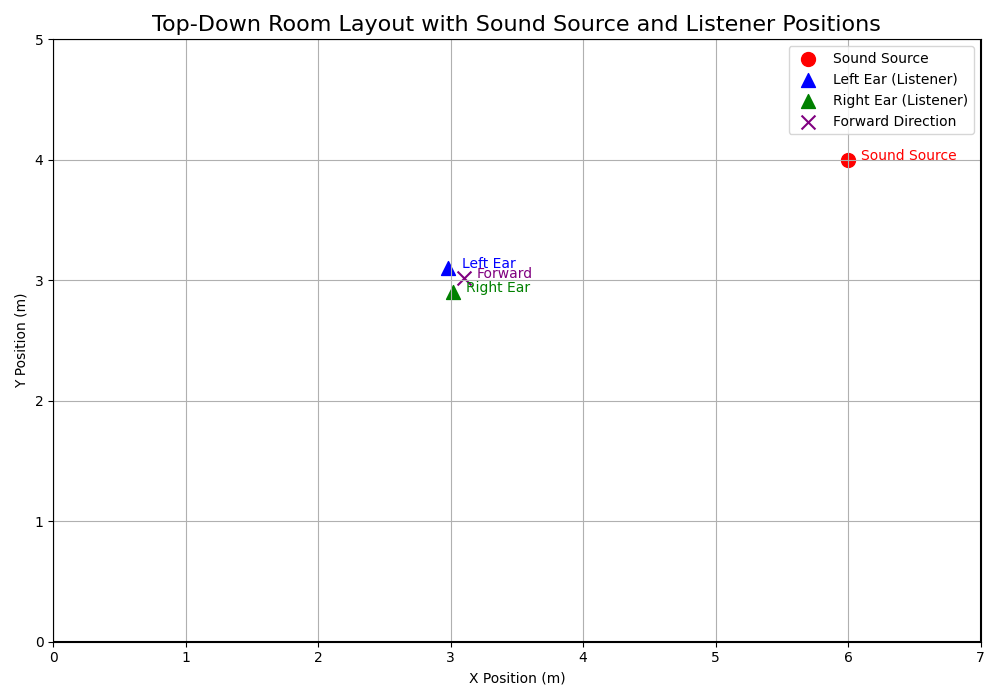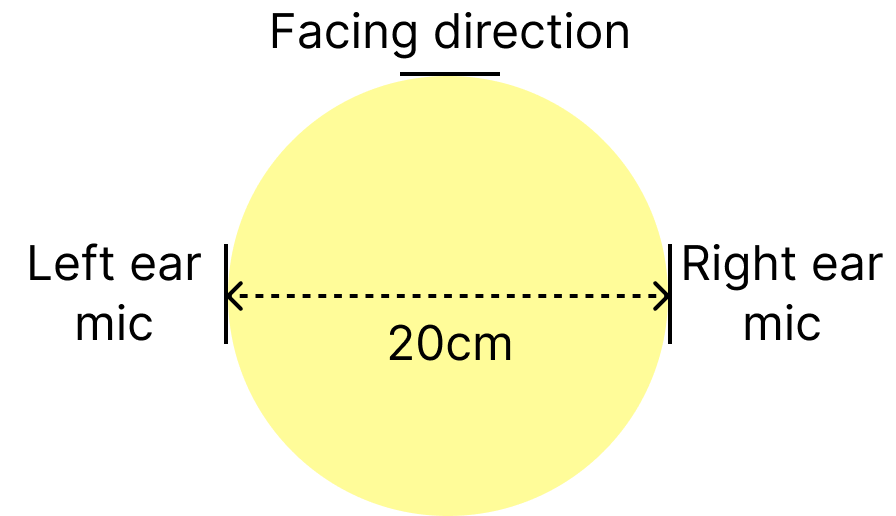Restructuring of Intervention Measures
Noise Simulator:
Based on a weight analysis of the causes of noise issues, I have identified that the most direct pain point at this stage is the lack of effective response measures. Simply put, solving noise problems can be divided into two phases: prevention before the fact and control afterwards. However, since the costs and difficulties of control highly depend on the timing of noise identification, the optimal solution is to identify noise risks as early as possible to minimise potential impacts and intervention costs.
1 Brief description
The Noise Simulator is a tool for simulating a noisy environment at home. Users can use it to pre-empt noise risks before renting an apartment, buying appliances, or travelling.
2 Technical support
The simulator is based on convolutional reverb technology, which can realistically reproduce the sound propagation process in a house. Convolutional reverb uses high-quality room sampling technology to accurately simulate the sound reflection and attenuation effects in different room structures and environments.
3 Overview of features
- Allows the user to set the listening position and listening angle to simulate the user’s actual hearing perception.
- Allows the user to adjust the size of the house and the location of noise sources to suit a variety of scenarios.
- Simulates the potential noise environment to help users assess the noise level in advance.



4 Application scenarios
- Before purchasing home appliances: simulate the impact of noise sources on the home environment.
- Before renting/purchasing/travelling: assessing potential noise points around the house to assist decision-making.
5 Current Limitations
- Limited coverage: only for some types of noise (e.g., home appliance noise), not covering complete daily noise problems, e.g., traffic noise
- Narrow application scenarios: less frequent use, only for special situations, and lack of follow-up help, reducing the long-term effectiveness of this intervention.
- Technical performance needs to be improved: the simulation effect of the current model may not be sufficient to support the full range of user needs.
6 Paradigm generator (sub-function)
Step 1: Sample Unification
- Stereo sample processing: merge stereo samples into mono (Mid merge method).
- Loudness equalisation: LUFS standard is used to standardise sample loudness.
- Format and sample rate standardisation: Ensure consistent sample rate and bit accuracy.
- Duration standardisation: Adjust the duration of the samples for subsequent analysis.
Step 2: Periodic Analysis
- Detect the periodicity characteristics of noise samples and extract the average period paradigm.
- Simplify the period to the overall level change for further processing.
Step 3: Bandwidth Analysis
- Set the relative energy threshold to analyse the bandwidth range of the noise sample.
- Calculate the median and eliminate extreme values.
- Extract the representative bandwidth range to present the main spectral characteristics of the noise.
Step 4: Frequency Time Domain Analysis
- Perform a detailed analysis of the frequency and phase of the sample.
- Extract the median or mean frequency at each time point to construct a frequency fluctuation model.
- The above steps can generate a more representative and generic noise sample paradigm to provide playback samples for the simulator.

7 Initial user feedback and reflections
Through the initial user testing, I have learnt about the main shortcomings of the current design of the noise simulator:
- Insufficient timeline coverage: the current design only addresses the ex-ante prevention phase and fails to cover noise time points.
- Obvious limitations: it is not able to provide comprehensive support for a wide range of application scenarios.
- Limited simulation effectiveness: the complexity of the technical implementation is such that the performance of the current model still needs to be optimised.
8 Conclusion and Next Steps
The initial intervention of the noise simulator has provided a new perspective on the pre-emptive prevention of noise problems, but there are still limitations to the current programme. Future improvements will be made in the following areas:
- Expanding the application scenarios: combining more noise types (e.g., traffic noise, neighbourhood noise, etc.) to enhance the simulator’s universality.
- Optimise technical implementation: improve the sample generation and simulation algorithms to enhance the simulator’s accuracy and user experience.
- Supplementing the complete timeline: exploring auxiliary functions for the post-event control phase to cover the full-time point of the noise problem.